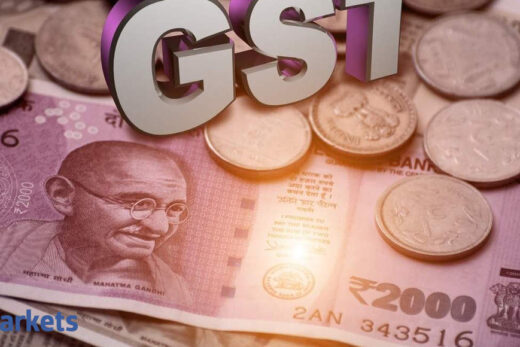The astounding performance was aided by the trillions of dollars of money printing by global central banks and stimulus packages from governments to repair the global economy from the Covid-19 shock.
“Extremely large response from central banks and governments compared with the 2008 crisis has underpinned this bull market,” said a chief investment officer at a city-based life insurance company, who barred naming.
In 2020-21 so far, as many as 1,090 — or 45 per cent of the listed stocks on the BSE -– have given more than 100 per cent returns, data available on the Ace Equity database till Friday showed.
While the number of BSE-listed stocks has risen over the years, even adjusting for that, 2020-21 saw the highest percentage of stocks register more than 100 per cent gains.
Further, the current financial year has so far produced the largest number of stocks that grew investor wealth by more than 1,000 per cent since 2009-10.
Eight stocks — Tanla Platforms, Digispice Technologies, PG Electroplast, Intellect Design, Subex, Venus Remedies, CG Power and Jaykay Enterprises — have risen more than 1,000 per cent since April 1, 2020.
Other major gainers of the year included Adani Total Gas wih 753 per cent returns, Dixon Technologies 497 per cent, Hindustan Copper 491 per cent, and Tata Elxsi 339 per cent.
Among the Nifty50 stocks, Tata Motors was the biggest gainer, as it more than quadrupled investors’ money during the financial year given the company’s focus on cutting debt and reinventing the Indian passenger car business.
Liquidity pumped in by the Reserve Bank of India and global central banks and influx of a large number of first-time retail investors helped prop up stock prices during the year even when the real economy entered its first-ever technical recession in several decades.
Drawn by cheaper stocks after the March crash and armed with zero-broking cost trading applications, Indian retail investors pumped in billions of dollars into the secondary and primary markets, said market participants. Data from the Securities and Exchange Board of India (Sebi) showed over 10 million new dematerialised accounts were opened in 2020-21 so far.
Dharmesh Kant, an independent market analyst, said while global liquidity and influx of new investors have played their part, the rise in the stock market has still been driven by fundamentals.
“Earnings were robust considering the economic backdrop… We will likely end the financial year with around 10 per cent earnings growth (for Nifty50 companies),” Kant said over telephone.
For the next financial year, analysts have projected Nifty50 earnings to grow north of 30 per cent, leading Kant to believe that Indian equities will register an even better performance going ahead.
Not all are in agreement that making returns on one’s equity portfolio will be as straightforward as it was in the current financial year amid signs that investors are already beginning to worry about delivery on the stratospheric expectations.
The re-emergence of Covid-19 pandemic in many parts of the country and the possibility of the US Federal Reserve tapering its quantitative easing programme from January of 2022 have already cast doubts over return expectations.
A recent survey of global fund managers by BofA Securities showed inflation and taper tantrum are now being perceived as bigger risks to equity portfolios than Covid-19.
“There is a lot of froth in the market and, therefore, there is a big chance of disappointment for investors next year… but from a three-to-five years perspective, equities are still preferred over fixed income,” said the CIO of city-based life insurance company quoted above.
Investors hope the new financial year will see a redo of the staggering performance seen after BSE Sensex’s 89 per cent gain in 2003-04, instead of the underwhelming returns that followed the 2009-10 bull run.



